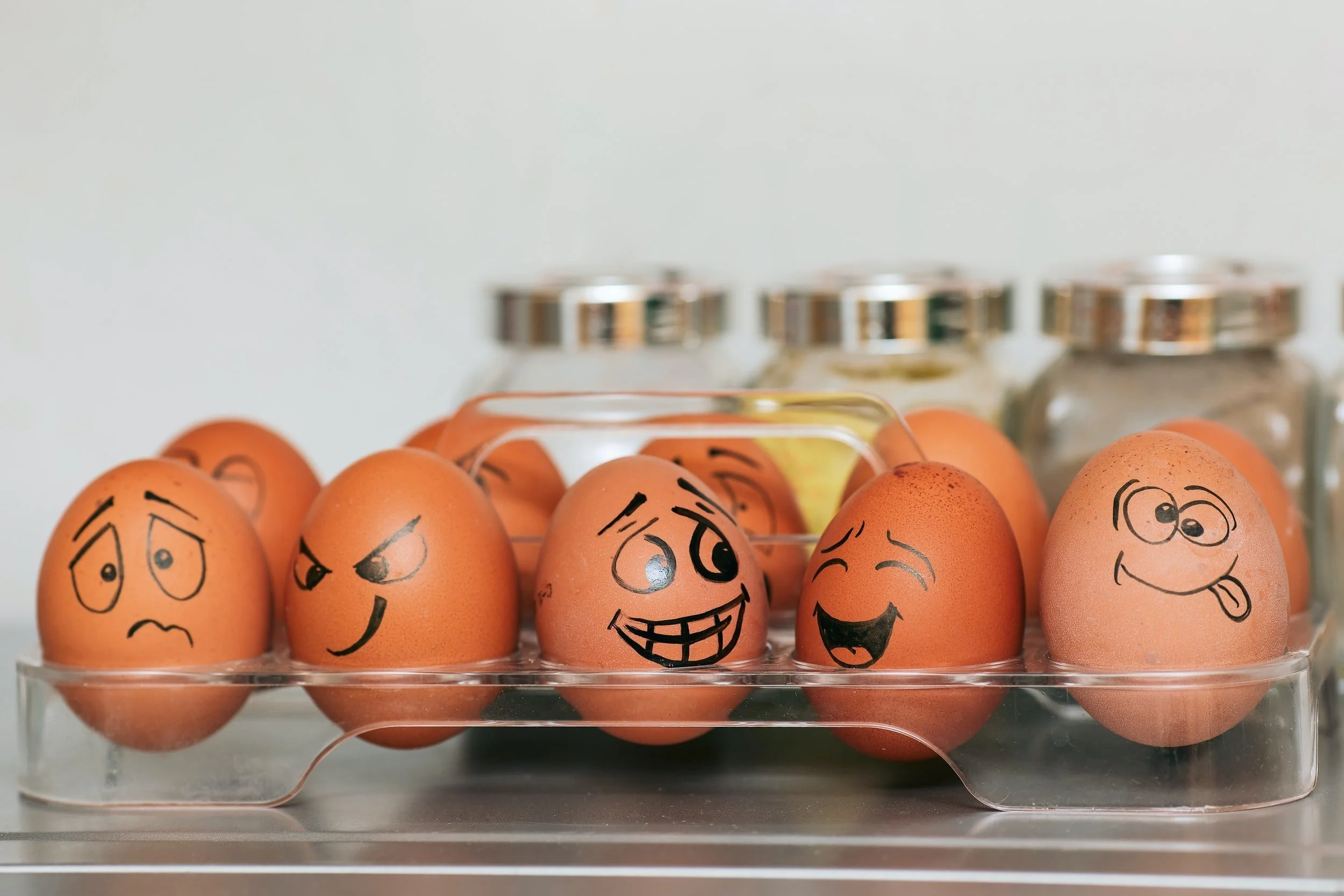Happiness re-defined
At some point in life, everyone faces moments where they realize what they believed to be “true” - isn’t. It starts when we are young with Santa Claus and the Easter bunny and eventually touches areas like love, relationships, careers, parenting and happiness. Russ Harris’ book, The Happiness Trap, demonstrates how most human beings are trapped by the illusions of their own mind and offers ways to recognize this and develop skills to escape. Over the next several months, I’ll walk you through different chapters in his book and share some of the concepts, techniques and tools relating to happiness.
According to Harris, “In any given year almost 30 percent of the adult population will suffer from a recognized psychological disorder.” The increase in depression and mental illness has been rising at alarming rates. So, why is it difficult to be happy? To get an answer to this question, we have to go back in history. Hundreds of thousands of years ago we needed to figure out how to survive. The mind’s job was to look out for anything that could cause harm and make sure to avoid it. Our minds were incredibly helpful at anticipating and avoiding danger. Fast forward to the modern mind. It’s always on the lookout: Is this safe or unsafe, is this good or bad, is this helpful or harmful?
Hundreds of thousands of years ago we needed to figure out how to survive. The mind’s job was to look out for anything that could cause harm and make sure to avoid it.
Living in a group was another important element of survival. If you get kicked out of the group, your chances of staying alive significantly decreased. Your mind was programmed to protect you by making sure you were fitting in, contributing and getting along. Messages like: Am I doing the right thing, Am I as good as the others, Am I contributing enough continually played in the mind. Evolution has shaped our brains! I introduce coaching tools such as the lizard brain, the noticer and the advisor to help people recognize thinking that isn’t helpful. “We are hardwired to . . . compare, evaluate, and criticize ourselves, to focus on what we’re lacking, to rapidly become dissatisfied with what we have, and to imagine all sorts of frightening scenarios, most of which will never happen. No wonder humans find it hard to be happy!” (Harris, p. 5).
If we say happiness is a feeling - a sense of pleasure or gladness, it won’t last. We end up chasing it and when it goes away, we try harder to go after it. Harris suggests we re-define happiness as “living a rich, full, and meaningful life.” Living this way requires us to experience a full range of human emotions. Many people try to avoid, escape and ignore painful feelings or circumstances. The reality is that there’s no getting away from it. So if we can’t avoid pain, what we can do is learn to handle it better, make room for it, reduce its impact and still live a life worth living despite it.
Harris suggests we re-define happiness as “living a rich, full, and meaningful life.” Living this way requires us to experience a full range of human emotions.
How do we make room for our emotions? Begin by increasing self-awareness. Spend time noticing all of the little things you do each day to get rid of unpleasant thoughts and feelings and also notice the consequences. Don’t try to change anything right now; just spend time over the next month noticing and increasing your self-awareness.
Next month we’ll explore some of the myths about happiness and get an overview of the principles of Acceptance and Commitment Therapy (ACT) that Harris uses in his book, The Happiness Trap.
Reflection: What are some of the things you do to avoid unpleasant thoughts and feelings?
Action: Make a mental note or keep a journal over the next few weeks about the things you do to avoid unpleasant thoughts and feelings.


